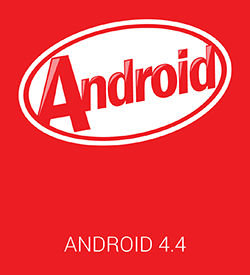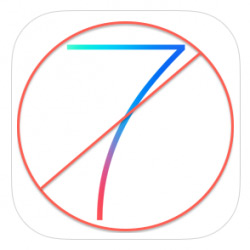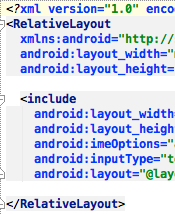Memory Management for Unity iOS
Developing a game intended for multiple end platforms can present some unique challenges to consider. For one, the differing pixel resolutions on apple devices over the years necessitate at least some different background images and layouts to accommodate the different aspect ratios. My initial technique to deal with this problem was to include a copy of each background for each device present in its scene, with its rendering switched off.









